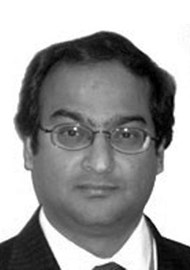The gold standard for the reconstruction of the mandible is a free bony flap, the fibula is commonly used. The fibula is a straight bone and indeed all the other donor sites present various other considerations and difficulties, to allow the formation of a U shaped and a ramus neo mandible. With the advent of virtual planning and guided surgery various techniques are used to improve and facilitate reconstruction. In one of the simplest forms, computed tomography (CT) is used to mill a 3D model of the mandible to allow the adaptation of the plate to reduce operative time and improve outcomes. The fibula osteotomies are, however, done ‘free hand’. This is a retrospective look at 60 mandible reconstructions with a fibula free flap, equally divided into the CAD/CAM assisted and so called free hand. For the test group (CAD/CAM) CT was used to create a 3D model of the maxillofacial skeleton and fibula. This was used to make cutting guides to position the fibula osteotomies and pre bend the plate. The control group did not have cutting guides but the plates were pre bent sometimes intraoperatively if the native mandible cortex was intact prior to resection. Postoperatively all patients were scanned with CT and various anatomical landmarks were evaluated. The CAD/CAM reconstruction had much better outcomes. This is an excellent study as it was done in one centre, with a good number of patients, and the postoperative reconstructions assessed in a standard protocol. Personally, I still use the free hand techniques and after this look forward to obtaining the software to improve my outcomes.




